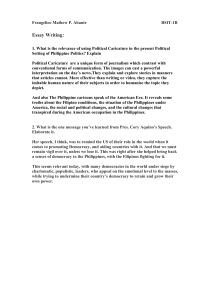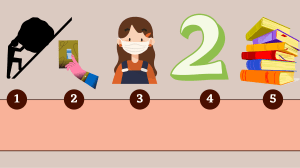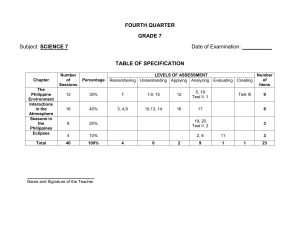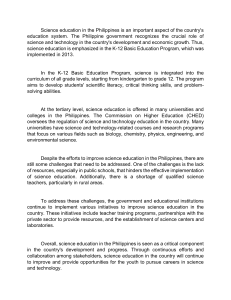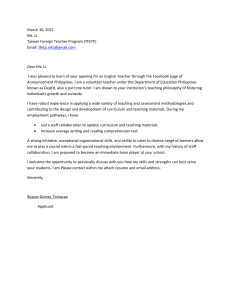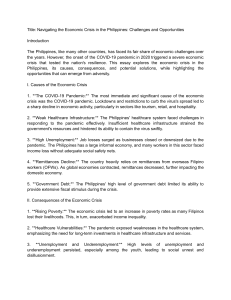Philippines Economy Overview: Key Sectors, Trends & Challenges
advertisement
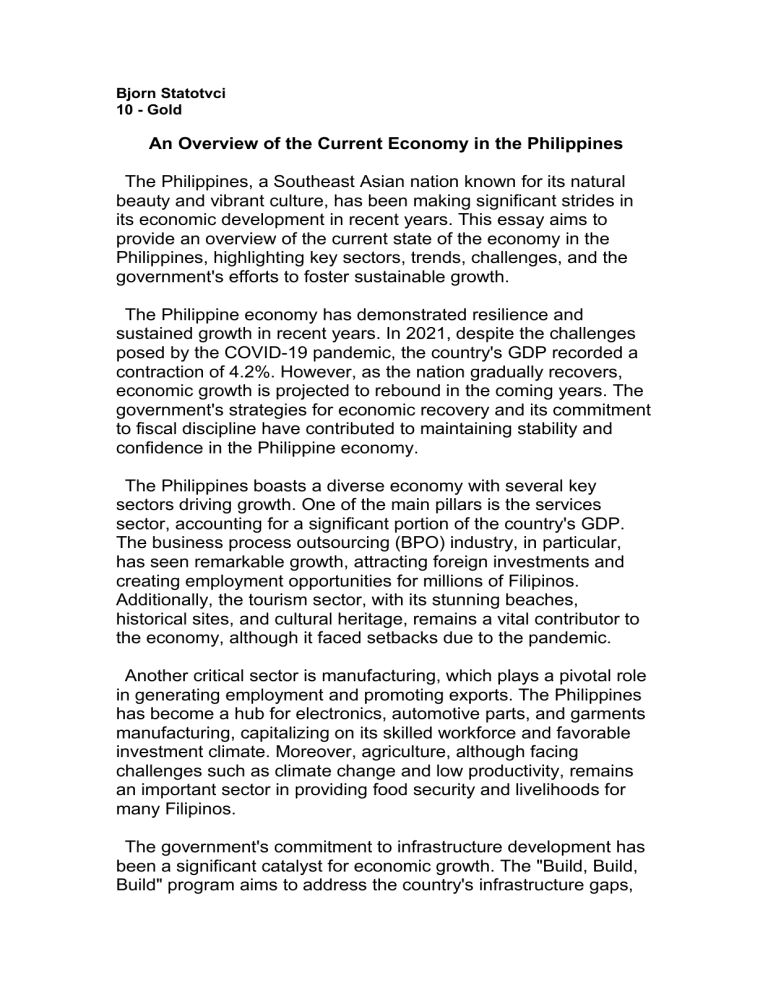
Bjorn Statotvci 10 - Gold An Overview of the Current Economy in the Philippines The Philippines, a Southeast Asian nation known for its natural beauty and vibrant culture, has been making significant strides in its economic development in recent years. This essay aims to provide an overview of the current state of the economy in the Philippines, highlighting key sectors, trends, challenges, and the government's efforts to foster sustainable growth. The Philippine economy has demonstrated resilience and sustained growth in recent years. In 2021, despite the challenges posed by the COVID-19 pandemic, the country's GDP recorded a contraction of 4.2%. However, as the nation gradually recovers, economic growth is projected to rebound in the coming years. The government's strategies for economic recovery and its commitment to fiscal discipline have contributed to maintaining stability and confidence in the Philippine economy. The Philippines boasts a diverse economy with several key sectors driving growth. One of the main pillars is the services sector, accounting for a significant portion of the country's GDP. The business process outsourcing (BPO) industry, in particular, has seen remarkable growth, attracting foreign investments and creating employment opportunities for millions of Filipinos. Additionally, the tourism sector, with its stunning beaches, historical sites, and cultural heritage, remains a vital contributor to the economy, although it faced setbacks due to the pandemic. Another critical sector is manufacturing, which plays a pivotal role in generating employment and promoting exports. The Philippines has become a hub for electronics, automotive parts, and garments manufacturing, capitalizing on its skilled workforce and favorable investment climate. Moreover, agriculture, although facing challenges such as climate change and low productivity, remains an important sector in providing food security and livelihoods for many Filipinos. The government's commitment to infrastructure development has been a significant catalyst for economic growth. The "Build, Build, Build" program aims to address the country's infrastructure gaps, boosting connectivity and facilitating the movement of goods and people. Mega-projects, including airports, railways, roads, and seaports, are underway across the archipelago, attracting foreign investments and enhancing regional integration. Despite the progress made, the Philippine economy faces several challenges. Income inequality remains a persistent issue, with a significant portion of the population still living below the poverty line. Additionally, unemployment and underemployment rates continue to be a concern, necessitating the creation of more quality job opportunities. Addressing these challenges requires the government's continuous focus on inclusive growth, improving education and skills training, and fostering entrepreneurship. The COVID-19 pandemic has also exposed vulnerabilities in the healthcare system and highlighted the need for investment in healthcare infrastructure and public health programs. To mitigate the impact of future crises, the government is working on strengthening the country's healthcare system and ensuring its resilience. The Philippines' economy is on a steady path towards recovery and growth. Despite the challenges posed by the COVID-19 pandemic, the government's efforts to promote economic resilience, attract foreign investments, and develop key sectors have proven fruitful. However, sustaining this positive trajectory requires addressing persistent issues such as income inequality, unemployment, and underemployment. By fostering inclusive growth, investing in infrastructure, and enhancing the healthcare system, the Philippines can build a robust and sustainable economy that benefits all its citizens.


